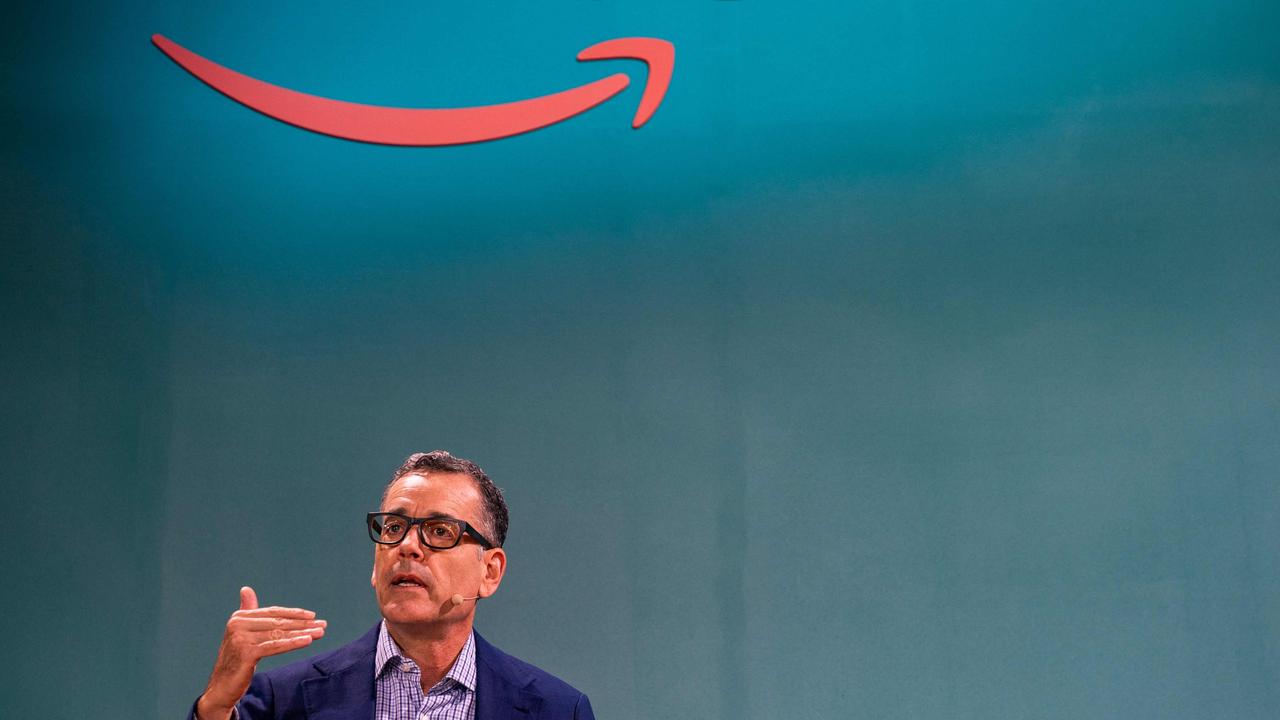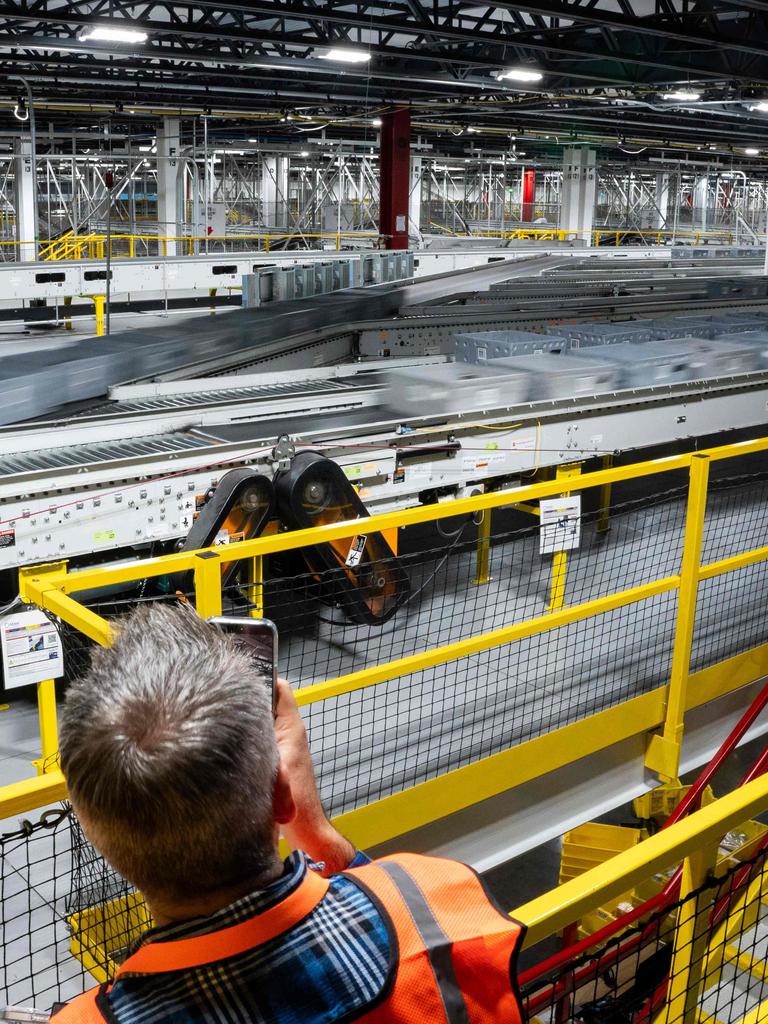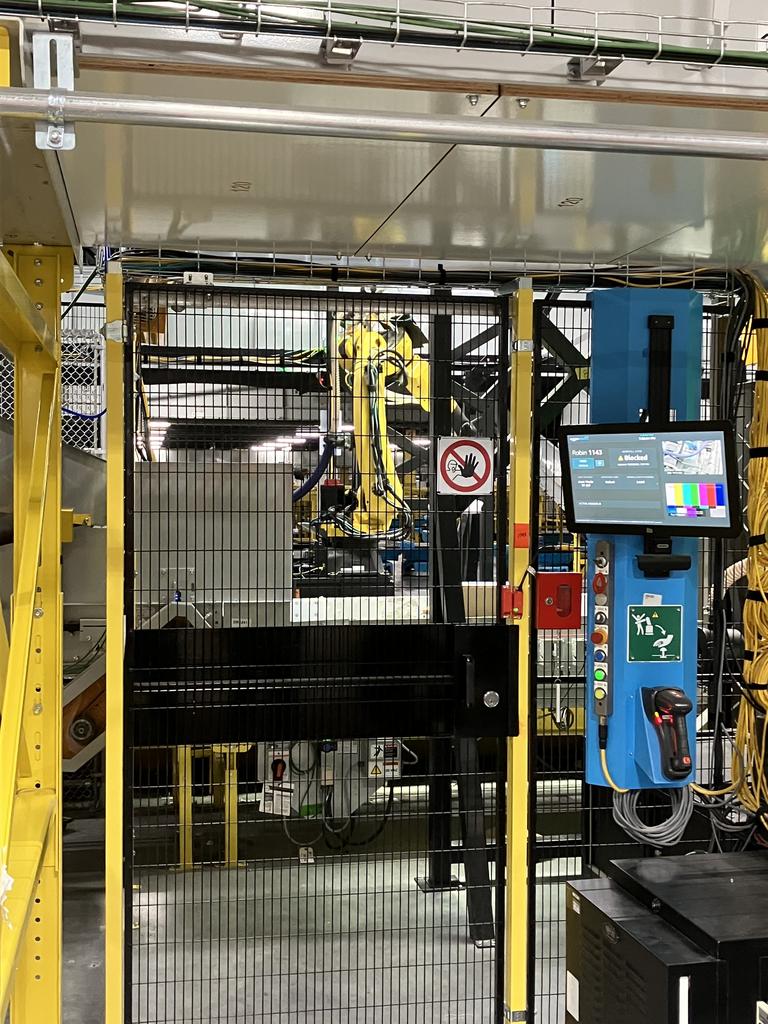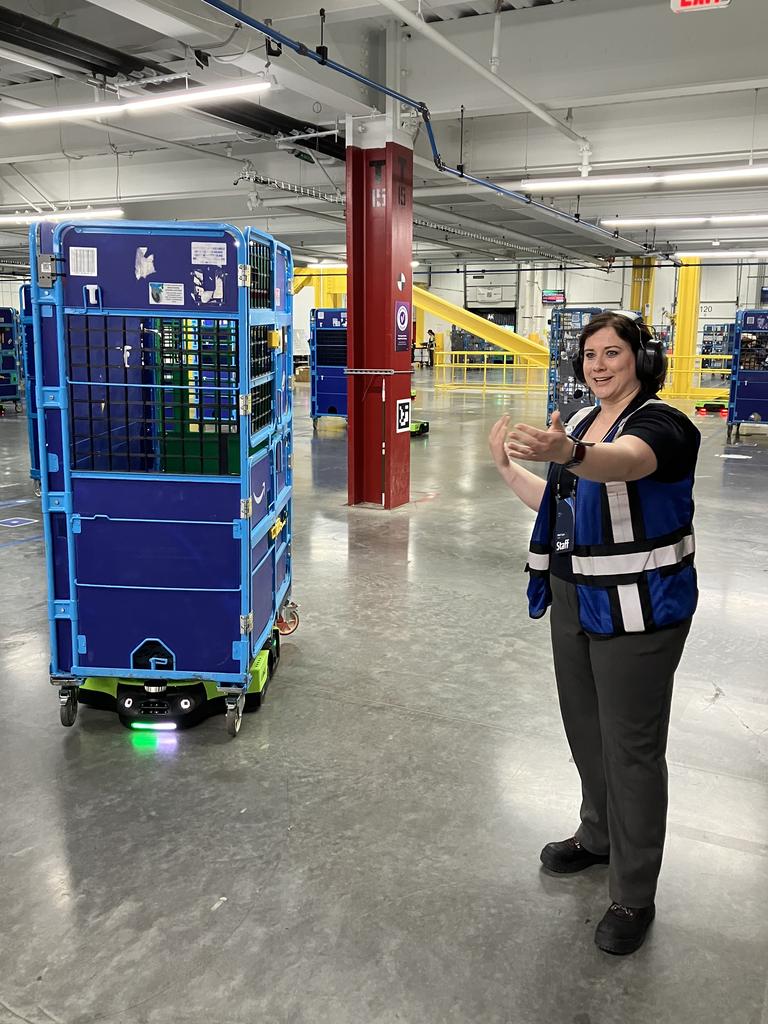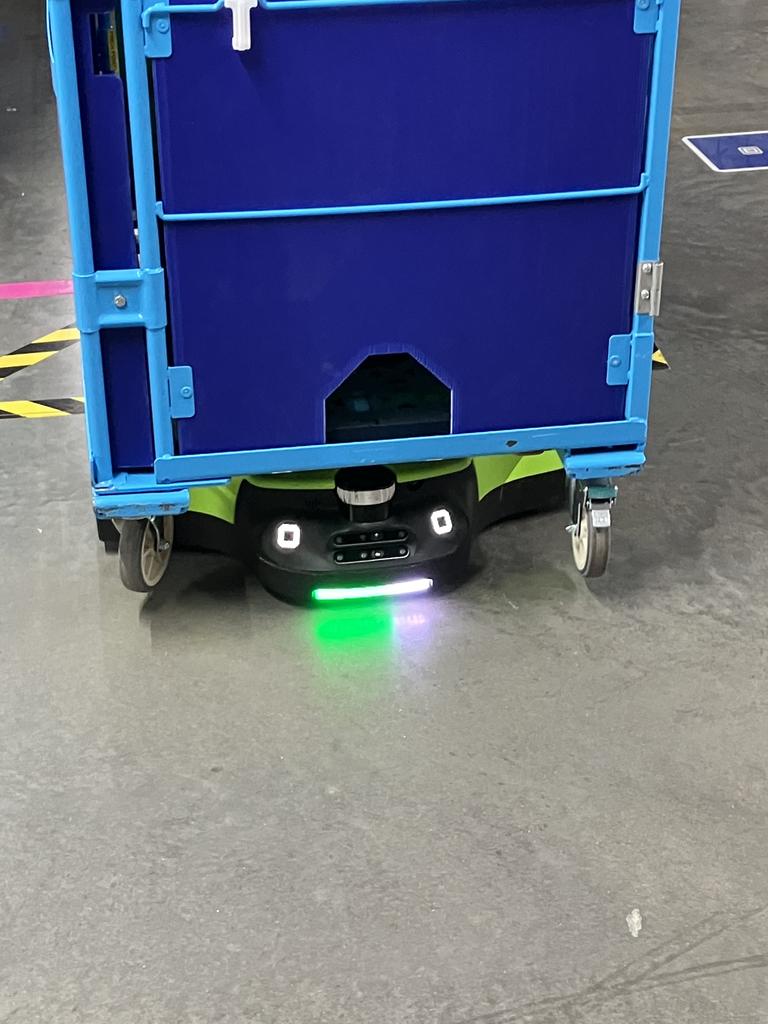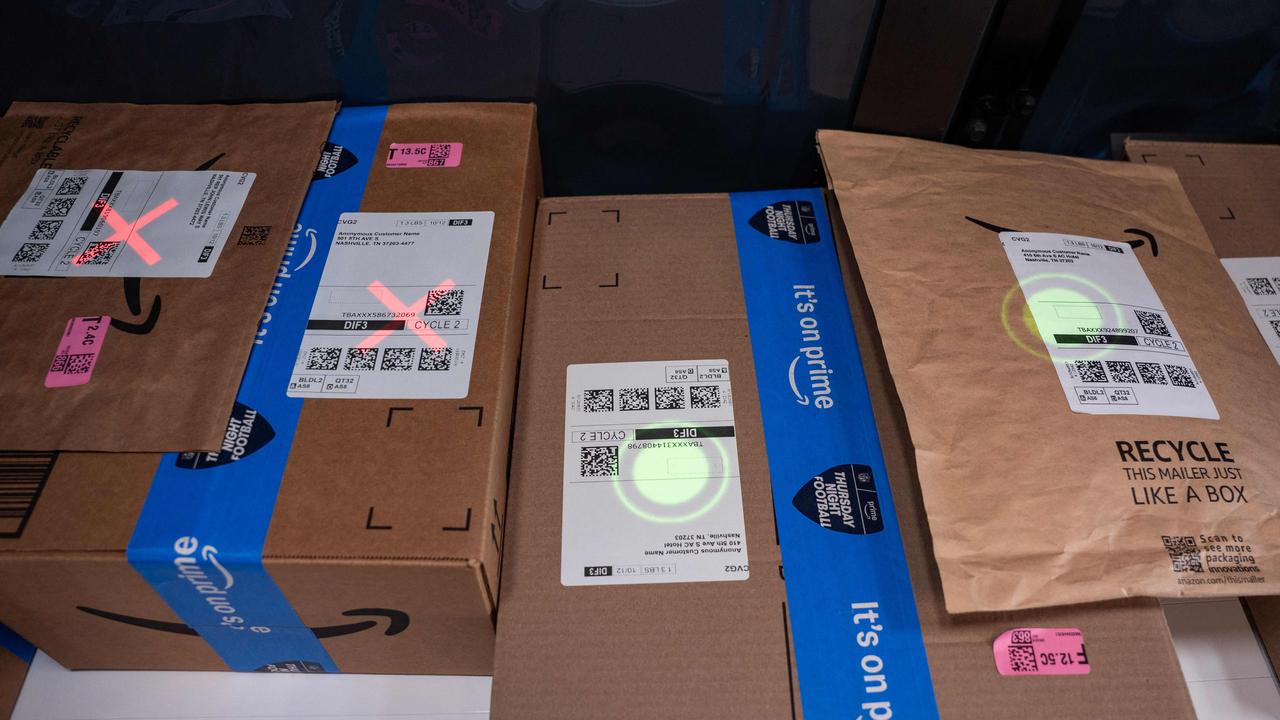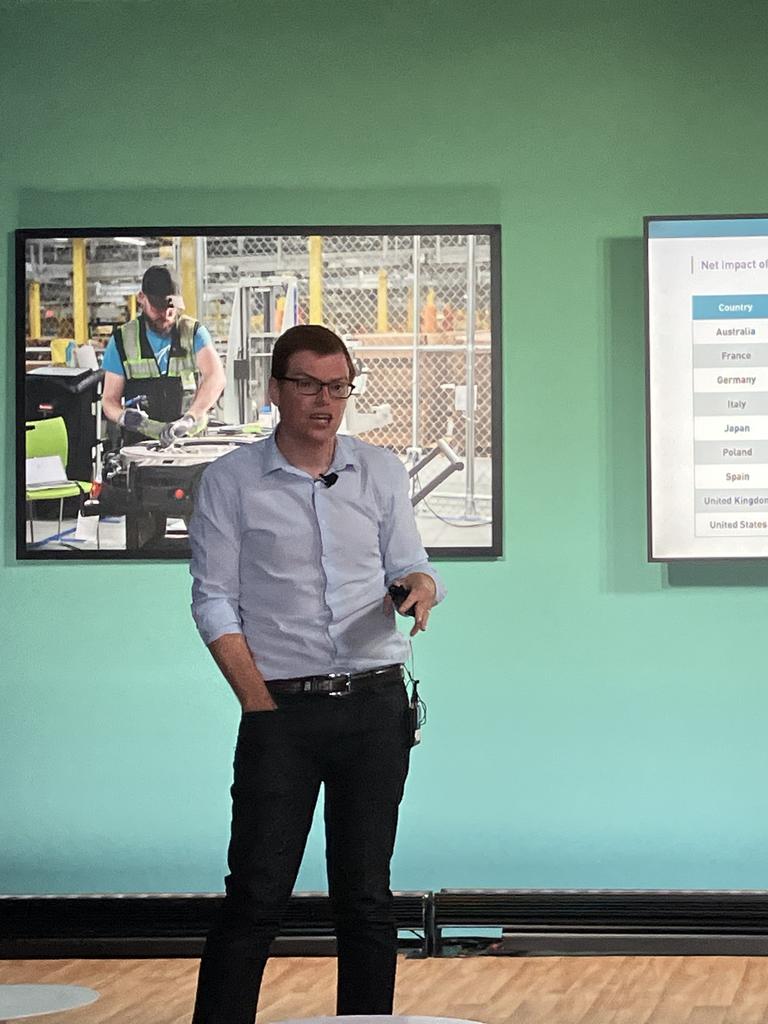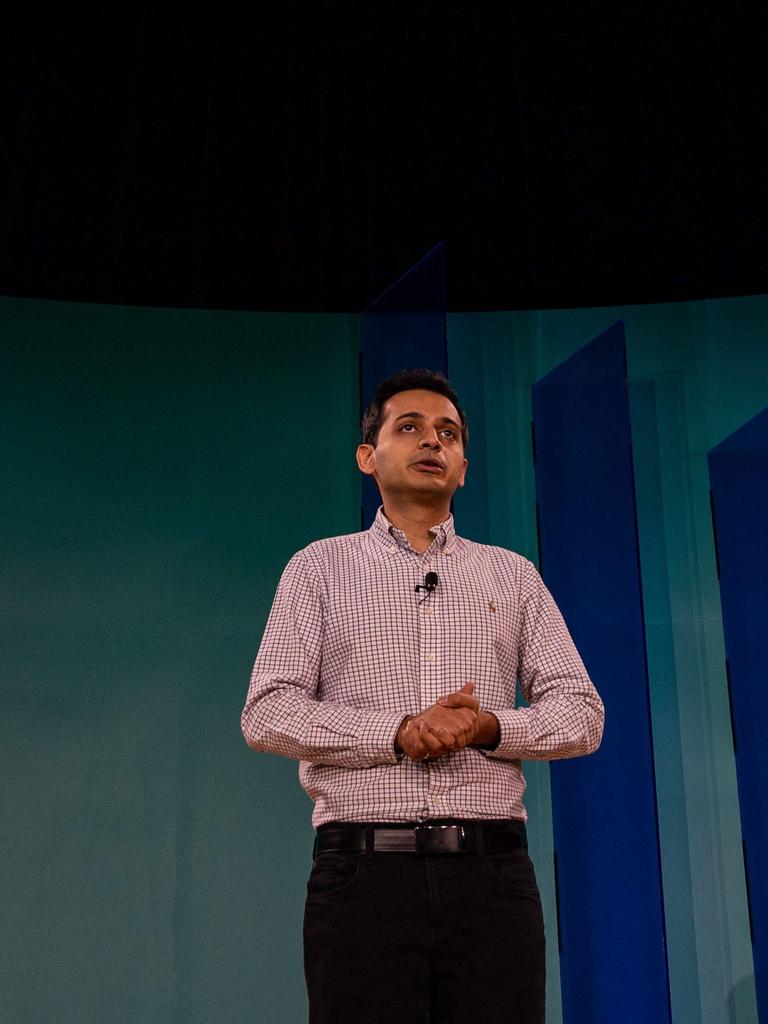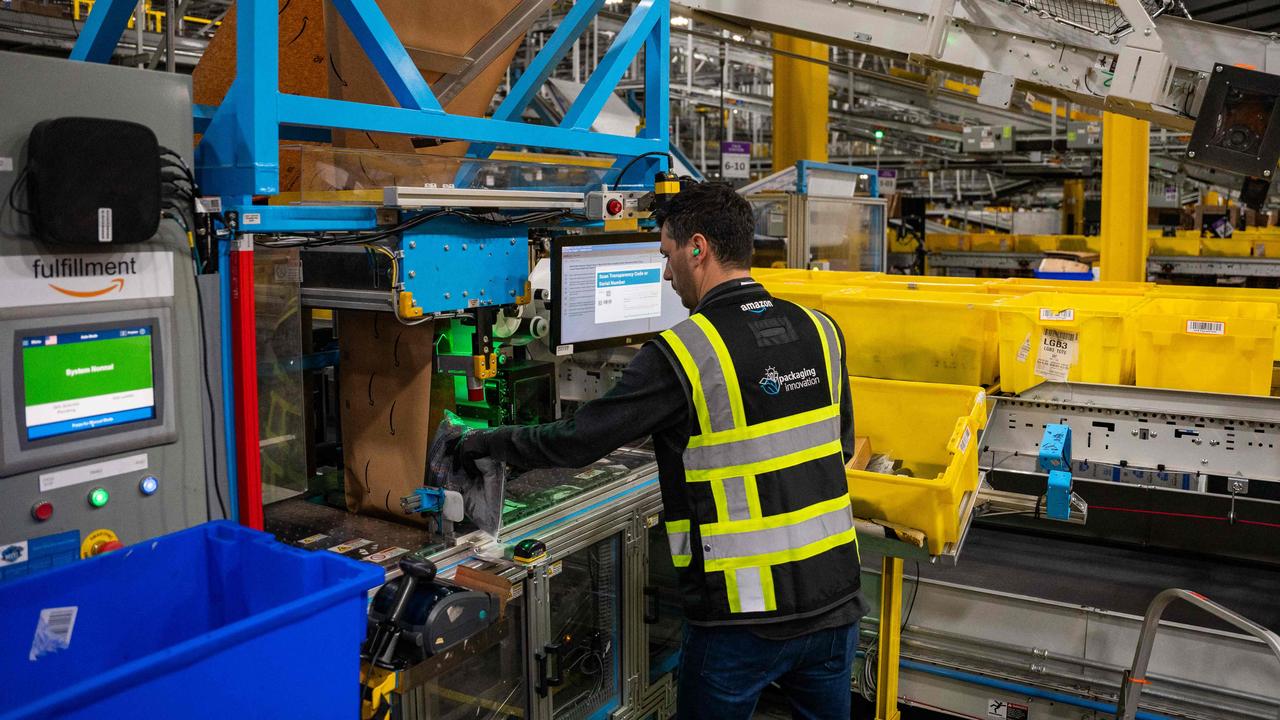One of the world’s biggest companies has lifted the lid on how robots and humans are already working together amid anxiety over the impact rapid advancements in automation will have on jobs.
Retail, tech and media giant Amazon unveiled plans to continue its robotics and AI revolution at its Delivering the Future event last week, with executives saying new technology was slashing delivery times and reducing the load on employees.
“It’s hard to overstate how much impact (AI is) having across all of our different elements,”
Doug Herrington, chief executive of Amazon Worldwide Stores, said.
“We’re also able to then invent new experiences that we thought was like science fiction before, or that we had tried and failed miserably in the past.”
A study from the Massachusetts Institute of Technology (MIT) has found 60 per cent of workers believe automation will make their jobs easier, however, Australians are more pessimistic than others when it comes to sentiments over job security.
News.com.au was invited inside the belly of the beast at one of Amazon’s “fulfilment centres” outside Nashville, Tennessee on Wednesday US time, as the delivery behemoth opened the curtain on what fuels its almost US$2 trillion empire.
A hum filled the air as countless packages zoomed around a vast building on conveyor belts to be sorted and shipped.
Robotic arms programmed by machine learning to recognise the shapes of parcels handed them to shin-high bots rolling in to ferry goods to the next stop.
Some of these robots even know you’re there, appearing to look in your direction with digital eyes as they cruise past.
Human workers are there too – some doing the same jobs as their robot colleagues and others in more specialised roles like maintenance or engineering for the machines.
“We expect employees to work with the robots as they would work together,” Rose Constance, director of business operations and strategy at Amazon Robotics, said.
In Australia, there is one robot-assisted fulfilment centre in Kemps Creek, Sydney, and another is being built in Melbourne.
The Nashville plant dubbed MQY1, which has 3000 employees and stretches over 3.7 million square feet, is just one of more than 100 of its kind in the US alone.
It stocks and moves thousands of packages each week, with hundreds of robots playing a prominent role.
Our tour guide, who has worked at MQY1 for three years, tells us she sees the people as the “meat in the bun” of the operation.
The most advanced of Amazon’s robots is Proteus, the company’s first fully-autonomous robot which shares the same workspaces as human employees.
It uses sensors to map its surroundings and knows when a person is nearby, communicating with them using lights, sounds and its digital “eye” movements.
“If you move within its radius, it will slow down and realise you’re there to make sure you don’t get in each other’s way,” says Fidel Zapata, a maintenance manager at Nashville.
Mikell Taylor, one of the experts who designed Proteus, tells us the “eyes” and personality traits were based on the feedback of workers who wanted to know where the bots were looking.
Proteus carries “Go Karts” to be filled with packages, which weigh about 400kg when full, and then delivers them to the docks to be loaded into vans.
It can even sense when it needs to be charged and will drive itself to power up.
Breakthroughs in robotics and AI have been heralded by Amazon as a means to increase productivity and reduce repetitive tasks for human workers.
One striking example is the new Vision-Assisted Package Retrieval (VAPR) system being rolled out in Amazon delivery vans.
It scans barcodes to project a green tick or red x on packages to show drivers which items to retrieve at each stop on their delivery route.
“Some things are more impactful than others … (but) every now and again we build something like this which is like ‘wow’,” Lexie Spiro, lead of the transportation research and design team said.
“You don’t even need to train people on how to use it.”
The company says technological innovations ease the cognitive effort of workers, free them up for creativity and problem-solving, and have coincided with growth in higher-skilled jobs.
Ben Armstrong from MIT said Australians were “in the neutral category” when it came to attitudes toward automation, compared to the more negative Americans and more positive Europeans in countries like France and Germany.
Mr Armstrong said there was a “double-edged sword” with automation in that it might offer the potential for career growth but also create uncertainty.
“It seemed like with exposure to these technologies workers realised this might lead to better job paths,” he said.
“It wasn’t that once you become more exposed you become more fearful, it’s, ‘Oh this isn’t so bad after all’.”
An Australian-focused study by demographer Bernard Salt found that 91 per cent of Aussie workers who have experienced AI and robotics say it’s had a positive impact.
Mr Salt said higher-skilled – and higher-paying – jobs have increased by 43 per cent in the decade to February 2024, compared to a 5 per cent increase in lower-skilled roles.
“AI, robotics and technology-related roles have experienced the second largest growth over the decade – up 109,955 jobs according to ABS data for the decade to February 2024 – contributing strongly to the 25 per cent increase in the Australian workforce over the same period,” he said.
Amazon says it offers staff the opportunity to upskill as new technology comes in, to work in fields like robotics maintenance
Its next-generation fulfilment centre in Louisiana will have even more robots which, an executive says, will make it the “largest physical manifestation of AI and robotics technologies in our company’s history”.
Udit Madan, Vice President of worldwide operations, said Amazon was already the world’s largest manufacturer and user of industrial robotics – with 75 per cent of all orders assisted by robots.
He said the new Shreveport, Louisiana facility was the size of 55 football fields and able to hold 30 million products.
It would have 10 times the number of robots as other sites working alongside 2500 staff, making it the “largest collaborative robotics deployment in the world”, Mr Madan said.
Operations at the new plant will be coordinated by an AI program called Sequoia, which uses computer vision systems to monitor up to 30 million stock items and storage levels at the site.
Mr Madan said Amazon’s latest robotic arm, Sparrow, could now handle more than 200 million distinct products of different shapes and sizes using computer vision and the latest in generative AI.
“It’s something that we’ve never seen done before in any other system on earth,” he said.
There will be 150 Proteus at Shreveport – known as SHV1 – which is also expected to have 30 per cent more technical jobs for people in mechatronics, reliability and engineering.
However, despite its bigger size, SHV1 is slated to have fewer human workers than currently employed at Nashville.
Mr Madan said Shreveport represented a “major leap forward in how we operate”.
“It represents a future in which AI and collaborative robotics come together to redefine eCommerce.”
The author was a guest of Amazon in Nashville.


